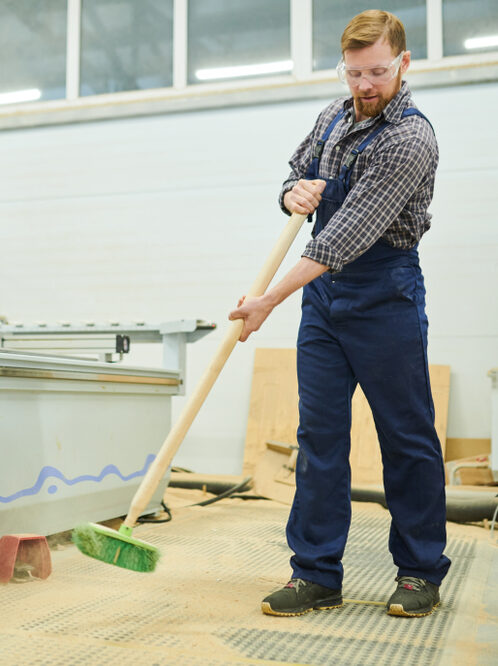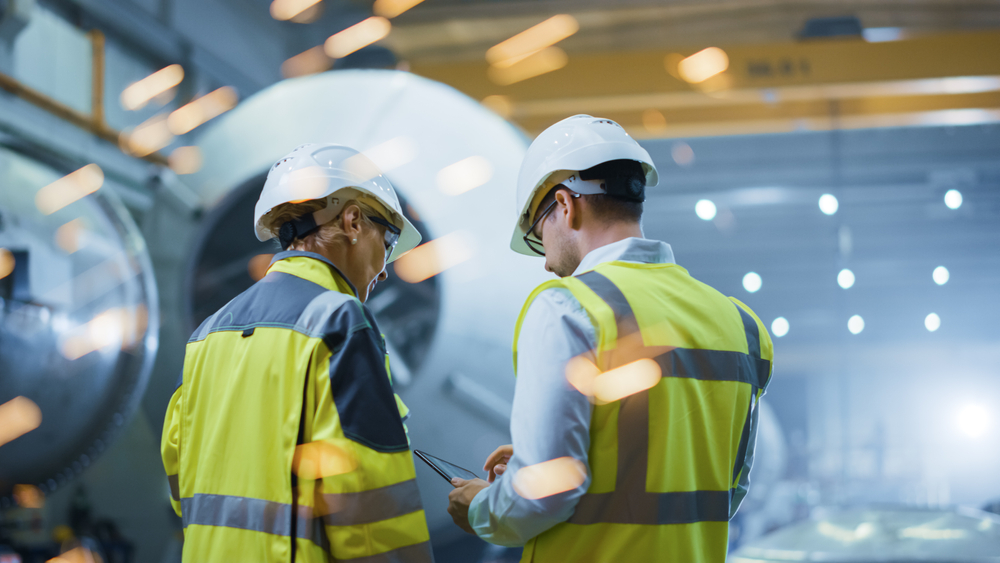
What Does Stonehouse Process Safety Provide for Dust Explosion Prevention & Protection Services?
At Stonehouse Process Safety we identify hazards, assess risks, recommend practical control measures and work with you as an independent partner to provide the expert support services you need as you implement change to prevent dust explosions and fires and protect against their consequences. Whether you are responsible for an entire plant or simply a process line, we can undertake a comprehensive DHA to ensure that you are in compliance with the requirements of NFPA 660 (formerly NFPA 652).
Our Approach
A Dust Hazards Analysis (DHA) is a systematic process used to improve plant safety by identifying the specific combustible dust hazards associated with an operation or process.
To perform a DHA, we visit your facility to review the operations and processes to identify potential dust explosion hazards, determine the effectiveness of your existing safety measures, and develop a plan to eliminate or mitigate those hazards.
A Dust Hazards Analysis procedure normally involves the following steps:
Reviewing the fire and explosion characteristics of the powders you handle in your facility.
Identifying locations where hazardous dust accumulations and/or explosible dust cloud atmospheres could be present under normal and foreseeable abnormal conditions.
Identifying potential ignition sources that could be present under normal and foreseeable abnormal conditions.
Evaluating all of the potential dust fire, flash fire, and explosion hazards in the process and facility.
Reviewing the effectiveness of your existing measures for ensuring safety from dust fires and explosions.
Ensuring safety through properly defined fire and explosion prevention and protection measures – defining a clear “Basis of Safety” for your operations.
We will work closely with you to learn more about your specific operations and develop a plan for the most practical and cost-effective approaches available to reduce your dust explosion risk.
We can also serve as a resource to help you with implementation of the recommendations. Our support services provide you the peace of mind that comes from working with highly experienced specialists.

Choose Stonehouse Process Safety for Dust Explosion Prevention & Protection Today
Stonehouse Process Safety has many decades of combined dust explosion experience throughout the process industries globally. Our process industry experience spans hundreds of large and small process safety projects and incident investigations. We have our own in-house ISO accredited testing laboratories offering a complete list of dust explosion, self-heating, and static electricity tests that are listed in NFPA 660 (formerly NFPA 652).
We are recognized for our scientific, yet practical approach to preventing and mitigating dust fire and explosions risk, using hard data whenever possible. When you work with us, we utilize our expertise and experience to address the challenges you are facing and develop mitigation solutions efficiently and cost effectively.

Get in touch
To learn more about our expertise and services in dust explosion prevention & mitigation, call us at +1 609 455 0001 or email us at [email protected] today.
We also offer tailored virtual and in-company process safety training programs on Dust Explosions, Static Electricity and HAC (Hazardous Area Classification) and more. Find further information here.
* indicates required fields














